The 1926 Mercury dime’s value ranges from $3 to tens of thousands depending on mint mark, condition, and errors. The San Francisco mint mark (1926-S) is most valuable, starting at $13 circulated and $450 uncirculated. Denver (D) and Philadelphia (no mint mark) versions are more common at $3-$5 circulated. The rare FS-101 Doubled Die Obverse error can be worth thousands, even in good condition. “Full Bands” (FB) designation significantly increases value for uncirculated coins, especially rare 1926-S specimens. Other errors like lamination defects and clipped planchets also add value. Professional grading by PCGS or NGC is recommended for high-value coins.
The 1926 Mercury dime remains one of the most collected silver coins from the roaring twenties, but not all examples are created equal. While common circulated pieces trade for just a few dollars, certain mint marks and rare errors can push values into the thousands—or even tens of thousands for pristine specimens. Understanding which version you own and what to look for can mean the difference between pocket change and a valuable addition to your collection.
Identifying Your 1926 Dime’s Mint Mark
Before determining value, you need to know where your coin was struck. The mint mark appears on the reverse side at the bottom right, positioned next to the “E” in “ONE DIME.” Three varieties exist: no mint mark indicates Philadelphia production, “D” signifies Denver, and “S” marks San Francisco origin.
Philadelphia produced the highest quantity of 1926 dimes, making them the most frequently encountered today. Denver struck a moderate number, while San Francisco had the lowest mintage—a factor that directly impacts modern values. The mint mark is small but clearly visible under normal lighting conditions, though a magnifying glass helps confirm its presence on worn specimens.
Standard Values Across All Three Mints
Each mint’s 1926 dimes command different price ranges based on original production numbers and survival rates. Philadelphia issues in average circulated condition typically sell between three and four dollars, reflecting their common status among collectors. Uncirculated examples from Philadelphia start around sixteen dollars, with perfectly preserved specimens climbing higher based on strike quality and eye appeal.
Denver dimes carry slightly more value, averaging three to five dollars in circulated grades. The jump occurs in uncirculated condition, where prices begin at approximately fifty dollars and escalate rapidly for higher-grade pieces. San Francisco examples stand apart from the start—even heavily worn pieces command around thirteen dollars due to their scarcity. Uncirculated 1926-S dimes open at roughly four hundred fifty dollars, making them the premium variety among standard strikes.
| Mint Mark | Good (G-4) | Fine (F-12) | AU-50 | MS-60 | MS-65 |
|---|---|---|---|---|---|
| None (Philadelphia) | $3 | $4 | $12 | $16 | $75 |
| D (Denver) | $3 | $5 | $18 | $50 | $240 |
| S (San Francisco) | $13 | $20 | $85 | $450 | $1,800 |
These baseline figures shift dramatically when considering strike quality, particularly the presence of Full Bands designation on uncirculated coins.
Understanding the Full Bands Premium
“Full Bands” designation refers to the horizontal bands visible on the fasces—the bundle of rods with an axe—depicted on the coin’s reverse. When all bands show complete separation with sharp, unbroken lines across the middle section, grading services award the FB designation. This detail indicates exceptional strike quality, as most Mercury dimes show weakness in this specific area due to die positioning and metal flow during production.
Philadelphia dimes with Full Bands in MS-65 condition can exceed one hundred dollars, roughly double their non-FB counterparts. Denver issues show even more dramatic spreads—a MS-65 FB example can reach several thousand dollars compared to two hundred forty dollars without the designation. San Francisco dimes were notoriously poorly struck, making FB specimens exceptionally rare. A 1926-S in MS-65 FB condition has sold for over thirty thousand dollars at major auctions, compared to eighteen hundred dollars for regular MS-65 examples.
The rarity factor cannot be overstated. Estimates suggest fewer than one percent of surviving 1926-S dimes qualify for Full Bands designation, while Denver pieces fare only slightly better at roughly two to three percent. Collectors pursuing registry sets actively compete for these premium strikes, sustaining strong market demand.
The Valuable FS-101 Doubled Die Obverse Error
Among error varieties, the 1926 FS-101 Doubled Die Obverse stands as the most significant and valuable. This error occurred when the die received multiple impressions during the hubbing process, creating visible doubling on design elements. The doubling appears most prominently on the date numerals, particularly the “1” and “9,” as well as on letters in “LIBERTY” along the headband.
Even low-grade circulated examples with this error command substantial premiums. A 1926 DDO graded Good-4 sold through Heritage Auctions in 2023 for two thousand one hundred dollars—over five hundred times the value of a regular circulated 1926 dime. Fine grade specimens reach three to four thousand dollars, while About Uncirculated pieces approach five thousand dollars.
Uncirculated examples become exponentially more valuable. A MS-63 example brought seven thousand eight hundred dollars at auction, while a MS-65 specimen sold for fifteen thousand dollars in 2022. The highest graded example, a MS-66, realized twenty-eight thousand dollars when it crossed the block. These prices reflect both the error’s dramatic visual impact and its significant scarcity—specialists estimate fewer than two hundred examples survive across all grades.
To identify this error, examine the date with at least 10x magnification. Look for clear separation and doubling on the vertical strokes of the “1” and the curves of the “9” and “2.” The word “LIBERTY” should show slight doubling on letter tops, though this appears less pronounced than the date doubling. Images from PCGS Variety Plus database provide helpful comparison standards.
Other Collectible Errors Worth Finding
Beyond the dramatic doubled die, several other errors enhance 1926 dime values to varying degrees. Lamination errors result from impurities in the silver planchet causing layers to separate or peel. These appear as raised flakes or missing sections of surface metal. Depending on size and location, lamination errors add twenty-five to one hundred fifty dollars to base coin value.
Clipped planchets occur when the blanking press cuts a planchet overlapping a previously punched hole, creating a curved missing section along the coin’s edge. Straight clips happen when the strip end produces incomplete planchets. Clips removing five to fifteen percent of the coin typically add fifty to two hundred dollars in value, with larger clips commanding more. However, severely clipped examples that obscure the date or denomination face authentication challenges and sometimes reduced premiums.
Improper alloy mix errors manifest as streaky discoloration or unusual toning patterns inconsistent with normal silver oxidation. These occurred when batches mixed unevenly during the melting process. While visually interesting, they add modest premiums of twenty to seventy-five dollars unless accompanied by other error features. Off-center strikes, where the design appears shifted from the planchet center, occasionally surface on 1926 dimes. Pieces struck ten to twenty percent off-center with full dates visible bring one hundred fifty to four hundred dollars depending on appeal.
Professional Grading Considerations
Determining whether your 1926 dime justifies professional grading costs requires honest assessment. Standard Philadelphia pieces in typical circulated condition don’t warrant the thirty-five to forty-five dollar grading fee—their value doesn’t support the expense. However, several situations make grading worthwhile.
Any suspected error coin, particularly potential doubled die varieties, should receive authentication. Counterfeit error coins exist, and third-party verification protects your investment while maximizing resale value. Uncirculated examples from any mint benefit from grading, as the difference between MS-63 and MS-65 can mean hundreds of dollars. San Francisco dimes in any uncirculated condition definitely warrant grading given their base value exceeding the fee.
Both PCGS and NGC maintain excellent reputations for accurate, consistent grading. PCGS holders typically command slight premiums in the marketplace, particularly for registry set collectors, though NGC graded coins sell readily at comparable prices. Both services offer economy submission tiers with longer turnaround times that reduce per-coin costs for multiple submissions.
Before submitting, examine your coin under magnification to document its features. Note any visible doubling, mint mark clarity, and band separation on the reverse. Take clear photographs for your records. This documentation proves valuable if grading results differ from expectations and helps track your collection inventory.
Maximizing Your 1926 Dime’s Market Value
Once you’ve identified your coin’s variety and condition, choosing the right selling approach maximizes returns. Common circulated pieces move easily through local coin dealers, though expect offers at sixty to seventy percent of retail values to allow dealer profit margins. Online marketplaces like eBay provide direct access to collectors but require effort photographing, listing, and shipping while accounting for seller fees.
Error varieties and premium uncirculated coins deserve specialized marketing. Major auction houses including Heritage, Stack’s Bowers, and Great Collections attract serious collectors willing to pay strong prices for quality material. These venues charge seller fees ranging from ten to twenty percent but deliver exposure to thousands of bidders. Consignment minimums typically start around five hundred to one thousand dollars estimated value.
Timing sales strategically can impact results. Major coin shows and auctions occurring in January and August historically show stronger bidding activity. Registry set collectors often pursue specific coins aggressively near deadline dates. Market conditions for silver coins fluctuate with precious metal prices—when silver spot prices rise, collector coins experience increased attention from both numismatists and metal investors.
For inherited collections or multiple valuable coins, consider professional appraisal before selling. Appraisers charge fees ranging from one hundred to three hundred dollars but provide detailed valuations useful for estate planning, insurance documentation, and establishing realistic price expectations. The American Numismatic Association maintains directories of certified appraisers with verified credentials and ethical standards.
You may be interested:
- 1859 Indian Head Penny Coin Value Complete Errors List And No Mint Mark Worth Guide For Collectors
- 1911 V Nickel Coin Value Guide Complete Errors List And No Mint Mark Worth Today
- 1902 Dime Coin Value Complete Errors List With O S And No Mint Mark Worth Guide
- 1788 Quarter Coin Value Complete Guide Errors List And D S P Mint Mark Worth Revealed
- 1776 To 1976 Bicentennial Half Dollar Coin Value Complete Errors List And What Your D S And No Mint Mark Coins Are Actually Worth
- 1990 Penny Coin Value Errors List How D S And No Mint Mark Pennies Are Worth Thousands Of Dollars

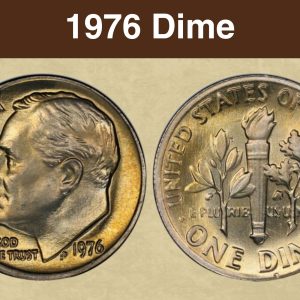
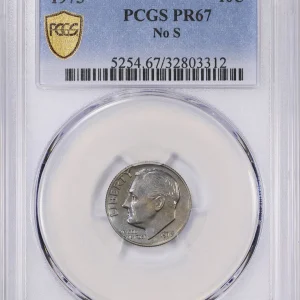
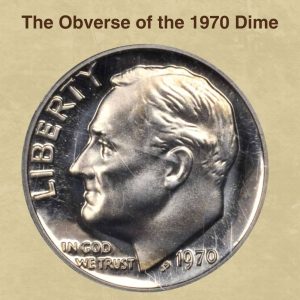
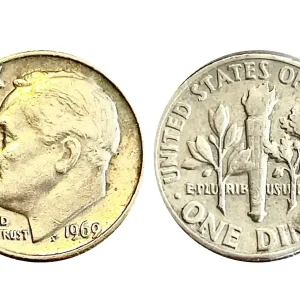
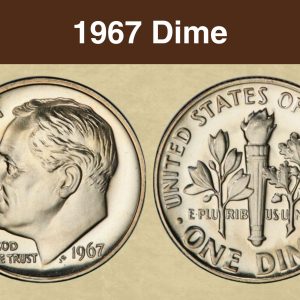
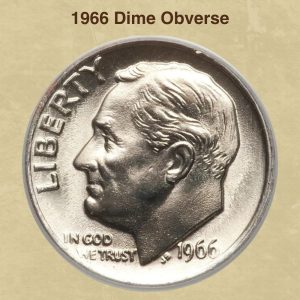
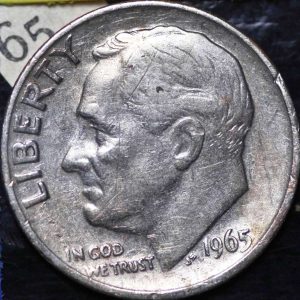
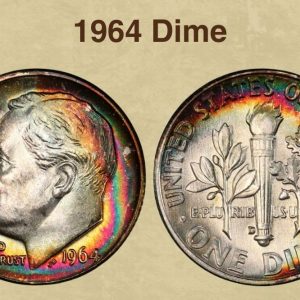
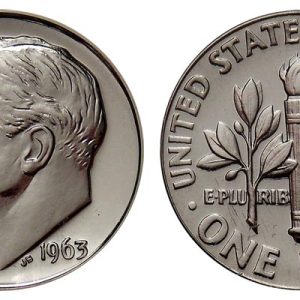
What is the most wanted Mercury dime?
1916-D Mercury Dime: $650-$40,000. 1921-D Mercury Dime: $40-$28,800. 1942/1 Mercury Dime Overdate: $300-$26,000. 1921 Mercury Dime: $35-$23,500. 1919-D Mercury Dime: $2.50-$3,000. 1938-S Mercury Dime: $2.50-$400. 1918-D Mercury Dime: $2.50-$2,500. 1925-S Mercury Dime: $2.50-$1,400.
What year is the $2000000 dime?
1894-S Barber dime. The 1894-S Barber dime is a dime produced in the United States Barber coinage. It is one of the rarest and most highly prized United States coins for collectors, along with the 1804 dollar and the 1913 Liberty Head nickel.
Where is the mint mark on a 1926 dime?
On a Mercury dime, the mint mark is on the reverse, just below the fasces, which is a central part of the design. The mint mark indicates at which mint location the coin was struck, with different letters representing various branch mints across the United States.